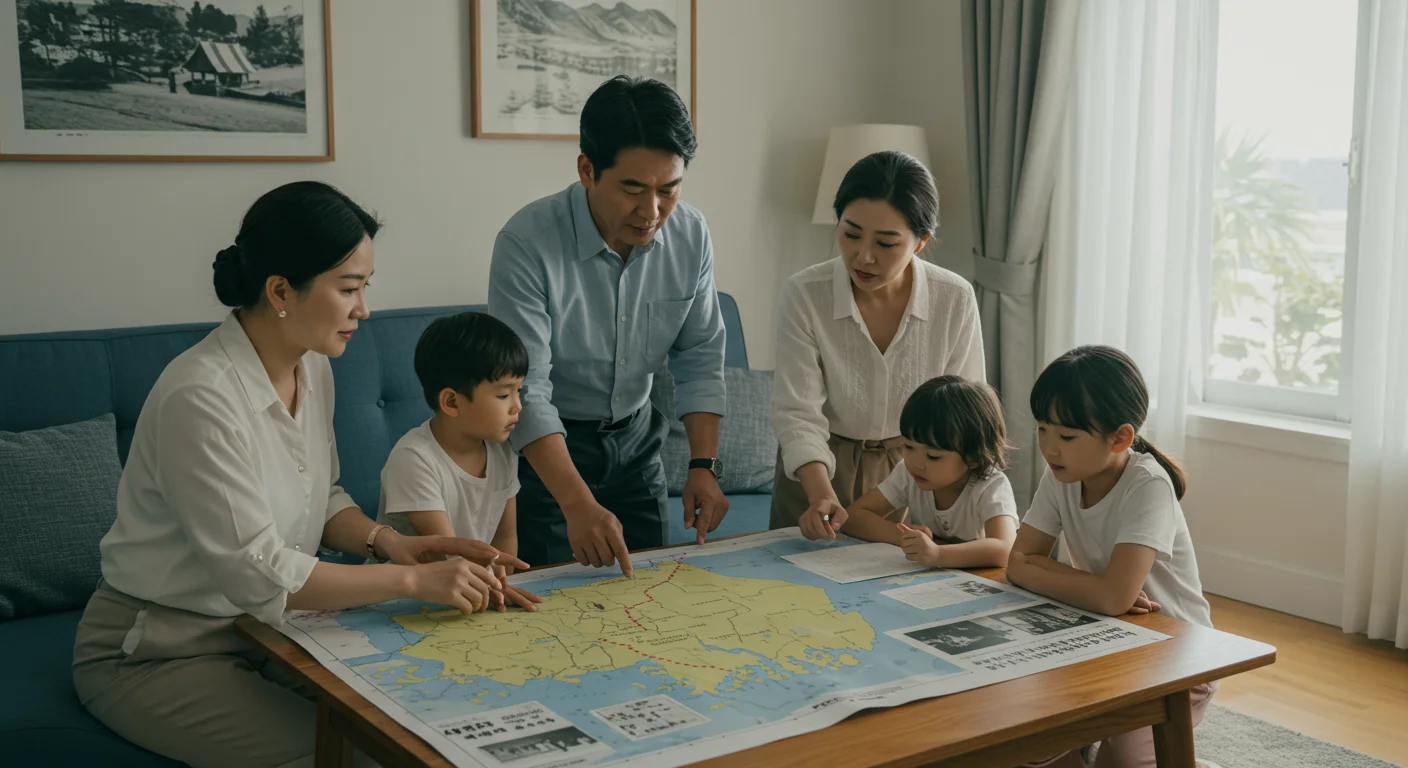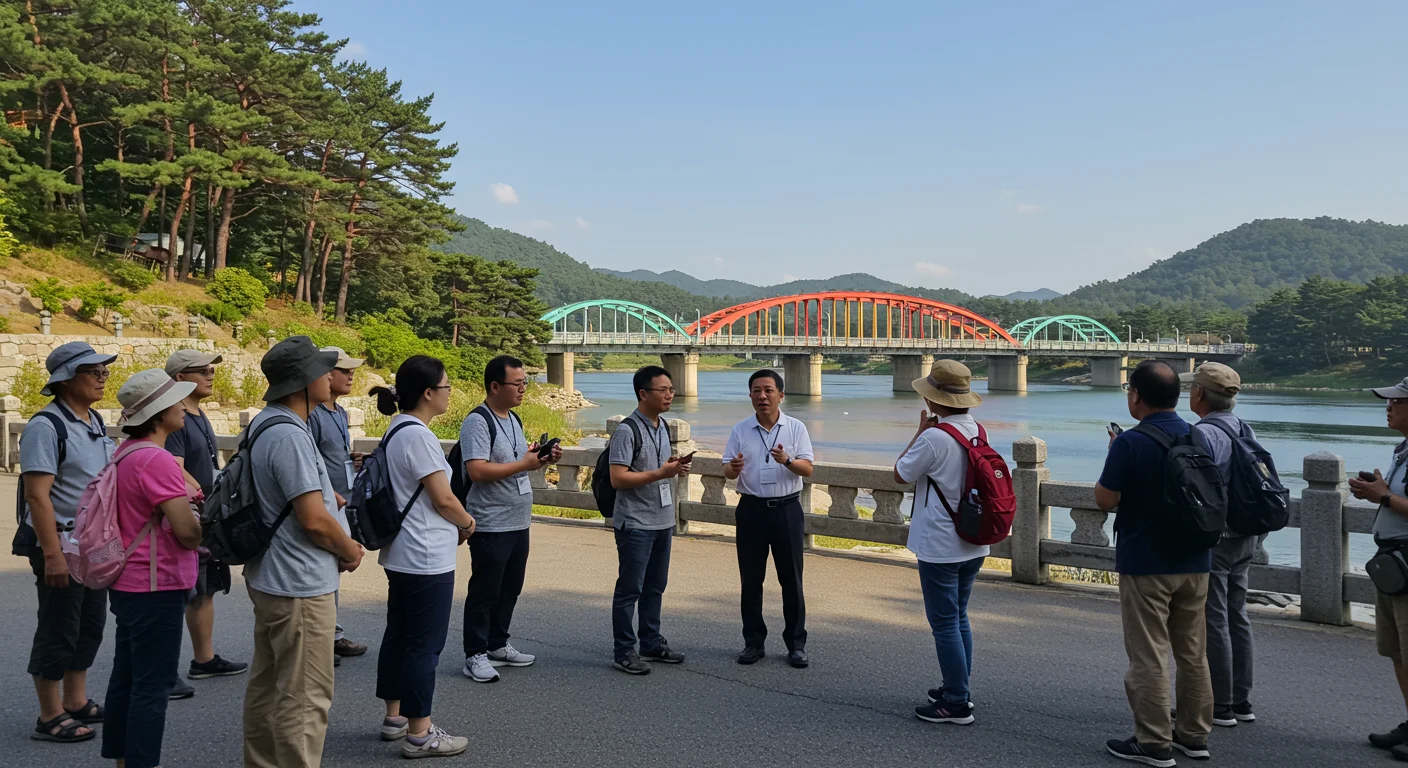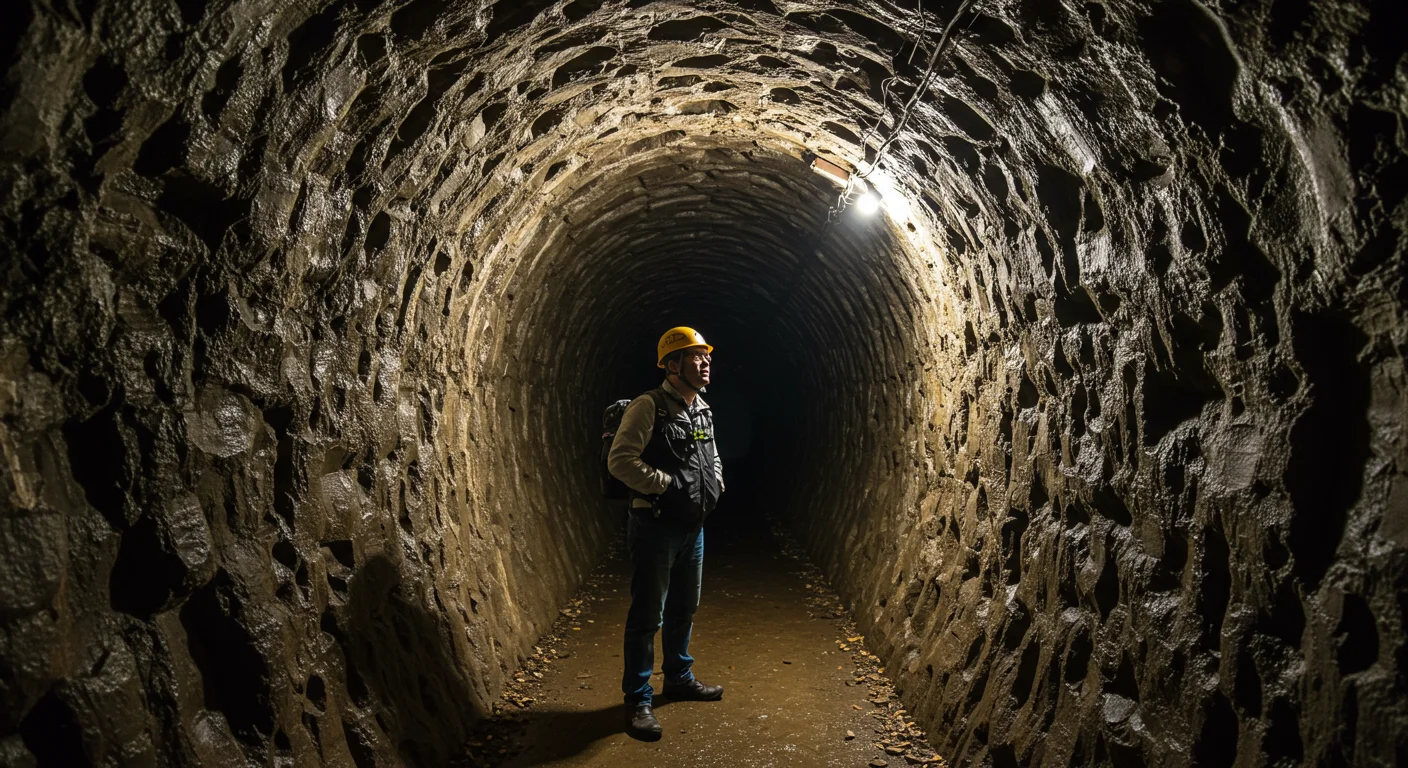
Embark on a Meaningful Seoul DMZ Tour: Explore History and Peace
Have you ever wondered about the Demilitarized Zone (DMZ) in Korea? It’s a place that holds so much history and emotion, a true symbol of both conflict and a deep yearning for peace. If you’re looking for a unique and impactful experience during your Seoul DMZ Tour, you’ve come to the right place! 😊
Visiting the DMZ from Seoul isn’t just a sightseeing trip; it’s a journey into the heart of modern Korean history. I’m here to guide you through everything you need to know to make your DMZ trip truly special and unforgettable.
📋 Table of Contents
- 1.Embarking on a Seoul DMZ Tour: History and Significance
- 2.Planning Your DMZ Visit: How to Join a Tour
- 3.Imjingak Peace Nuri Park: A Gateway to Reflection
- 4.Mangbaedan: A Place of Longing for Separated Families
- 5.Exploring the 3rd Tunnel: A Glimpse into the Past
- 6.Dora Observatory: Peering into North Korea
- 7.The Bridge of Freedom: A Path to Peace
- 8.Beyond the DMZ: Nature and Additional Attractions
Embarking on a Seoul DMZ Tour: History and Significance

Korean family discussing DMZ history with a map
The DMZ, or Demilitarized Zone, is a very special place in Korea. It’s a 250km long and 4km wide buffer zone that runs across the middle of the Korean Peninsula, created after the Korean War Armistice Agreement in 1953. Imagine a place where two countries, once one, are still technically at war, yet nature has reclaimed much of the land!
A Seoul DMZ Tour is more than just seeing sites; it’s about understanding the deep history of division and the ongoing hope for peace. It’s a direct way to experience the complex modern history of Korea and the unique relationship between North and South Korea. You’ll gain a perspective that you simply can’t get from reading books alone. To learn more about the significance of this area, you can visit the official VisitKorea DMZ Tours page.
Planning Your DMZ Visit: How to Join a Tour

Person checking passport and itinerary in a hotel lobby
You can’t just wander into most parts of the DMZ on your own. It’s a special military zone, so you absolutely need to join an official guided tour. This keeps everyone safe and ensures you get to see the important sites with expert explanations.
Here are some key things to prepare for your DMZ tour from Seoul:
Essential Preparations for Your DMZ Trip 📝
- Passport is a must: Don’t forget it! You’ll need it for identification.
- Hotel Pick-up: Many tours offer convenient pick-up services from Seoul city hotels.
- Tour Duration: Tours usually start around 8-9 AM and last about 7-8 hours, so it’s a full day.
- Comfortable Attire: Wear comfortable shoes and clothing appropriate for the season, as there will be a lot of walking.
Booking your tour in advance is highly recommended, especially during peak travel seasons. You can find various options and detailed itineraries on sites like Klook’s DMZ Tour page.
Imjingak Peace Nuri Park: A Gateway to Reflection

Tourists listening to a guide at Imjingak Peace Nuri Park
Most Seoul DMZ tours kick off at Imjingak Peace Nuri Park. This isn’t just a park; it’s a powerful collection of memorials that remind us of the Korean War and the enduring hope for unification.
As you explore, you’ll see several significant landmarks:
- Bridge of Freedom: Built in 1953 for prisoner exchanges, it’s a poignant reminder of those who returned home.
- Memorial Hall for Abducted Persons: A place to remember those taken during the war.
- Peace Bell: Rings every day at noon, symbolizing a call for peace.
- Korean War Participation Monument: Honors the soldiers who fought bravely.
- Dorasan Station: Completed in 2002, this symbolic station dreams of connecting with North Korea, though its international facilities have never been used for their intended purpose.
It’s a place where history feels incredibly close, and you can sense the weight of the past while also feeling the strong desire for a peaceful future. For more details on the historical sites, you can check out this DMZ tour guide.
Mangbaedan: A Place of Longing for Separated Families
Within Imjingak, you’ll find Mangbaedan, a deeply emotional spot. This is where separated families come during holidays to look towards their hometowns in North Korea and perform ancestral rites. Can you imagine not being able to visit your family’s graves or even see your relatives for decades?
Mangbaedan is a powerful symbol of the pain of division and the unwavering hope for reunification. Taking a moment here during your DMZ trip from Seoul helps you truly grasp the human cost of the division and the ongoing yearning for peace on the Korean Peninsula. It’s a moment for quiet reflection on the lives impacted by the past.
Exploring the 3rd Tunnel: A Glimpse into the Past

Tourist exploring the dimly lit 3rd Tunnel
One of the most eye-opening experiences on your Seoul DMZ Tour is visiting the 3rd Tunnel. Discovered in 1978, this is one of four known tunnels North Korea secretly dug to infiltrate the South. It’s about 1.6 km long and 73 meters deep – quite an undertaking!
When you visit, you’ll put on a safety helmet and get to walk inside the tunnel yourself. Be ready for a narrow, damp, and somewhat challenging walk, but it’s an incredible way to understand the tension of the past. At the tunnel’s entrance, you’ll also find the DMZ Museum and a souvenir shop, offering more context and mementos of your visit. For more detailed information, you can explore the DMZ Paju City Hall Visitor Guide.
Dora Observatory: Peering into North Korea
Next up is the Dora Observatory, one of the most popular viewpoints in the DMZ. From here, you can use high-powered telescopes to look directly into North Korea! It’s quite an experience.
What can you see? You might spot Kijong-dong (a propaganda village), a huge 160-meter-tall North Korean flag, North Korean civilian houses, and even farmland. On a clear day, you might even catch a glimpse of daily life on the other side, making the physical distance between North and South feel very real. This spot truly highlights the unique situation of the Korean peninsula.
The Bridge of Freedom: A Path to Peace
The Bridge of Freedom is another deeply symbolic location you’ll visit on your Seoul DMZ Tour. This bridge gained its name because it was the path taken by 12,773 prisoners of war returning to South Korea in 1953. It was a moment of immense relief and reunion after the war.
Today, the bridge is adorned with countless ribbons and messages, all wishing for peace and reunification. As you walk across it, you can feel the weight of its history and the collective hope for a future where such divisions no longer exist. It’s a powerful place for reflection.
Beyond the DMZ: Nature and Additional Attractions
Some DMZ tours from Seoul also include visits to beautiful natural spots nearby, offering a different perspective on the region. One such place is the Gamaksan Suspension Bridge, which is 150 meters long and offers stunning views. This area was a fierce battleground during the Korean War, but now it stands as a symbol of peace and reconciliation.
You might also visit the Imjingang River, a natural boundary dividing North and South Korea. Along its banks, you can learn about the DMZ’s unique ecology and appreciate the serene landscape, which subtly carries a message of peace amidst historical tension. These spots provide a balanced view of the region, blending history with natural beauty. To explore more options including these additional attractions, check out a premium private DMZ tour that often includes such experiences.
📚 Recommended Articles to Read Together
Seoul DMZ Tour: Key Takeaways 📝
Visiting the DMZ is an incredibly meaningful experience that offers a deep dive into Korea’s unique history. It’s a place of both solemn reflection and enduring hope for peace. Here are the main points to remember from our Seoul DMZ Tour guide:
- Historical Significance: The DMZ is a 250km buffer zone, a poignant symbol of the 1953 Korean War Armistice and the division of the Korean Peninsula.
- Tour Requirement: Individual visits are restricted; you must join an official guided tour, and a passport is essential for entry.
- Key Sites: Major attractions include Imjingak Peace Nuri Park (with the Bridge of Freedom and Mangbaedan), the intriguing 3rd Tunnel, and Dora Observatory offering views into North Korea.
- Beyond History: Some tours also explore nearby natural sites like the Gamaksan Suspension Bridge and the Imjingang River, blending history with scenic beauty.
DMZ Tour Essentials
Frequently Asked Questions ❓
I hope this guide helps you plan an insightful and memorable Seoul DMZ Tour! It’s an experience that really makes you think about history, conflict, and the enduring hope for peace. If you have any more questions, please feel free to ask in the comments below! 😊
